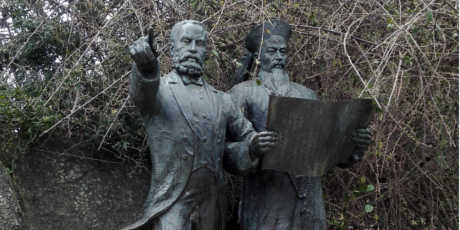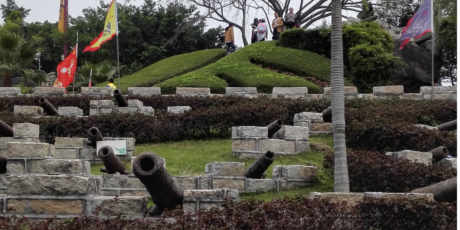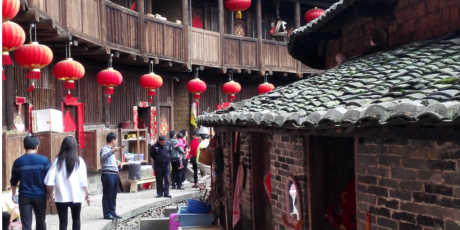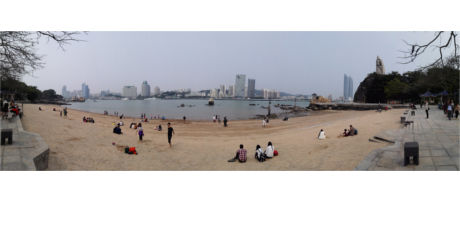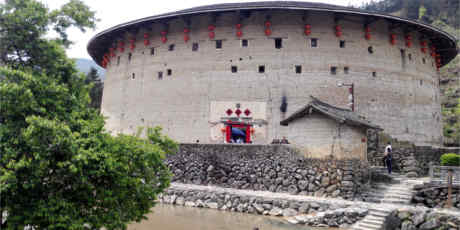Xiamen is located within around seven hours via high-speed train in the South of Shanghai, in the province of Fujian, which already lies at the level of Taiwan. As a metropolis, Xiamen spreads across the mainland, which is also where the central station is located, but the heart of the city Xiamen lies on the eponymous island. The city is known for its pleasant mild climate, the clean air, as well as the Xiamen University, which is considered one of the best and most beautiful Universities in the country.
The island Gulangyu (鼓浪嶼 / 鼓浪屿, Gǔlàng Yǔ), located off the coast, is a one of the top attractions for visitors, one could say “a very precious pearl”. The island was occupied by many states after the Opium War, and numerous foreign concessions were founded, like Shanghai for example. Up to this day, most of the buildings on the island bear witness to the colonial past. The island lives mostly from and for day tourists, but visitors can also spend the night on the island. Cars are banned from the island and only a few electric cars are permitted. Once visitors move slightly from the main roads and tourism, they can enjoy the glorious peace and quiet, the magnificent landscape and impressive architecture. Besides its official name, Gulangyu is also called “Piano Island” (鋼琴之島 / 钢琴之岛), which is the name most Chinese people use because the island has the highest density of pianos per person in the whole of China.
Museums and other Attractions worth seeing
The Hulishan Fortress ((胡里山炮台 Hú lǐshān pàotái) is a remarkable construction from the nineteenth century. It is a stylistic mixture of Chinese and European fortress design of that particular time period. With the help of a Prussian officer, the fortress was designed and built. Still today, one out of two Krupp cannon bears witness to the German-Chinese collaboration. This cannon is the biggest and oldest still existing weapon of that kind. Immerse yourself in a world long forgotten and enjoy a fantastic view over the bay.
Not far away from the fortress construction site, you can visit the Zengcuoan village (曾厝垵村 Céng cuò ǎn cūn), which is worth seeing. It is a former fishing village that seduces its visitors with small alleys, many different food stands, and contemplative accommodation facilities. But be advised that, at times, it can get pretty noisy and narrow. Especially when a lot of Chinese tourist groups are guided through the alleys at once, but a visit is highly recommendable nonetheless.
The Zhongshan pedestrian area (中山路步行街Zhōngshān lù bùxíngjiē) – which is located in the heart of Xiamen – invites visitors to go shopping or take a stroll. The street is lined with historical buildings in European architectural style.
Parks
The botanical garden (万石植物园 Wànshí Zhíwùyuán) is one of the most beautiful gardens in China and should not be left out when visiting Xiamen. 1,8 million trees and 4.000 species make this compound a paradise. Combine your visit to the botanical garden with a visit of the Wanshilian Temple (万石莲寺wàn shí lián sì).
 INT
INT 
